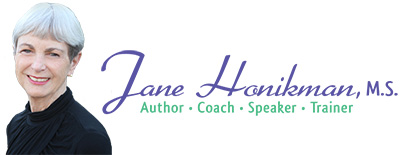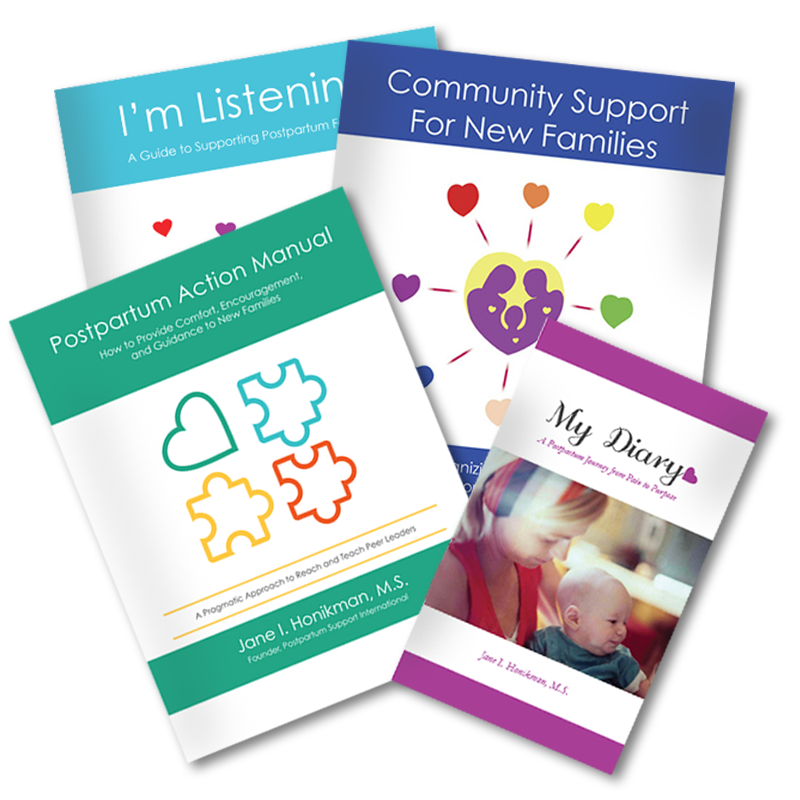A Little History
The care of postpartum women changed when insurance companies and hospital administrators began shortening new mothers’ length of stay in hospitals. When I was born in 1945, my mother stayed at the Palo Alto Hospital for three weeks. When I gave birth in 1972, my stay in Goleta Valley Hospital was three days. Now many women are lucky to get two full days of care after delivering their babies, and then they’re sent home to make due as best they can. To make matters worse, we also commonly lack social structuring of postpartum and postadoption events and social recognition of role transitions. There are clearly several large gaps here, and our mental health as a society is at risk.
When my girlfriends and I started Postpartum Education for Parents in 1977, we started to fill the gap that existed in Santa Barbara, California for new families. We didn’t consciously set out to improve mental health or prevent PPD. No one really talked about those concepts at that time. I have developed Steps to Wellness. It is a systematic approach to help women who have given birth, miscarried, or adopted and who are encountering problems to these major life-changes.
Symptoms
Postpartum Emotional Syndromes are possible reactions to childbirth. This can be expressed on a continuum or spectrum of severities, with symptoms ranging from mild to severe. It is very important not to ignore the baby blues since the onset of severe cases occurs during the same period and may exhibit the same symptoms.
“Baby blues:” Crying, irritability, anger, insomnia, exhaustion, tension, anxiety, restlessness
Normal adjustment: Crying / tearfulness, irritability, anger, sleep disturbance, fatigue, dysphoria (sadness), appetite changes, loss of interest in formerly favorite things/activities, anxiety, emotional lability (moodiness), feelings of doubt, postpartum exhaustion (denial of depression/anxiety, feeling overwhelmed, unable to sleep/rest, head or stomach aches)
Postpartum emotional disorders: Postpartum depression (worsening of baby blues or normal adjustment symptoms); postpartum panic (new onset of panic attacks, extreme anxiety, dizziness, shaking, difficulty breathing); postpartum mania (feeling sped up, decreased need for sleep, distractibility, pressured speech, irritability, excitability); postpartum obsessive?compulsive (repetitive/intrusive thoughts, unwelcome and repulsive/shocking thoughts “out of the blue,” avoidance common, ritual rare); postpartum stress (panic attacks related to trauma, past or current)
Postpartum psychosis: Any symptoms listed above, plus confusion, hallucinations, delusions
Adapted from The Postpartum Survival Guide: It Wasn’t Supposed to Be Like This, Anne Dunnewold and Diane Sanford, New Harbinger Publications, 1994.
Causes
The etiology is not known with certainty. Research has been conducted in two separate, related and equally important fields: physiology and psychology. A woman’s body changes during pregnancy and postpartum. Internal and external stresses impact the woman. Theories abound, but conclusions do not, as yet, exist.
For further information about the research in this field, please contact the Marcé Society.
Those at Special Risk for PPD
Women with a family history of depression or anxiety and/or a personal history of emotional difficulties are most at risk for PPD. It’s also important to note that women who experienced PPD with one child are more likely to suffer it with subsequent births. The ideal community offers a support group or network for this special population. We may not be able to prevent another episode, but preparation and awareness can make a difference.
Current scientific literature indicates that mental illness is linked to a possible genetic vulnerability. Ask yourself if your family has any history of mental illness or alcoholism. Remember you’re not alone and you’re not to blame and there is help available.
Help is available through the Postpartum Support International website.


